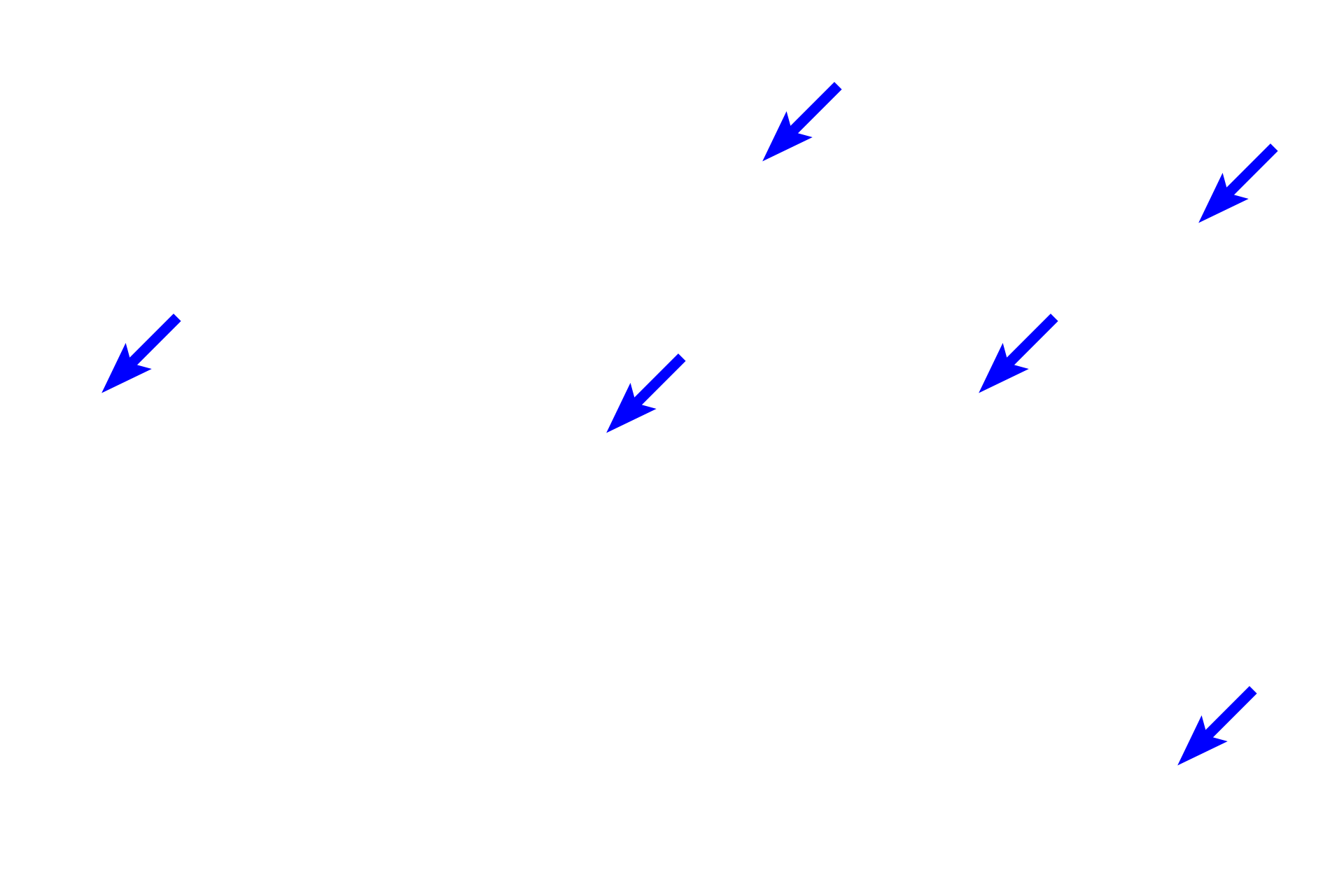
Basic tissues in organs
Tissues are groups of cells organized for specific functions. They differ in composition, appearance and location, reflecting their various functions. The four types of tissues are epithelial, connective, muscle and nervous, each of which is present in this section of the stomach wall. 100x

Epithelial tissues >
Epithelial tissue either form lining membranes or glands.

- Lining epithelium >
Epithelial cells can be arranged in single or multiple layers, forming membranes that line or cover all body surfaces. For example, a multilayered epithelium forms the outer layer of the skin as well as the inner surface of the oral cavity and esophagus. Single-layered epithelia line most internal surfaces, such as blood vessels and body cavities.

- Glandular epithelium >
Glands consist of epithelial cells modified to secrete a product. Exocrine glands (shown here) are attached to a lining epithelium and secrete onto its surface. Endocrine glands lose their attachment with an epithelium and secrete into the blood stream. Glands may be microscopic like these gastric glands or large, macroscopic glands such as salivary glands.

Connective tissue proper >
Connective tissue proper is one of the major categories of connective tissues, along with cartilage, bone and blood. Connective tissue proper, also called fibrous connective tissue, is widely distributed throughout organs and is subdivided into two major categories, loose connective tissue and dense connective tissue. These designations are based on the arrangement and size of the collagen fibers and the number and types of cells present.

- Loose connective tissue
Connective tissue proper is one of the major categories of connective tissues, along with cartilage, bone and blood. Connective tissue proper, also called fibrous connective tissue, is widely distributed throughout organs and is subdivided into two major categories, loose connective tissue and dense connective tissue. These designations are based on the arrangement and size of the collagen fibers and the number and types of cells present.

- Dense connective tissue
Connective tissue proper is one of the major categories of connective tissues, along with cartilage, bone and blood. Connective tissue proper, also called fibrous connective tissue, is widely distributed throughout organs and is subdivided into two major categories, loose connective tissue and dense connective tissue. These designations are based on the arrangement and size of the collagen fibers and the number and types of cells present.

Muscle tissue >
Muscle tissue is composed of closely bundled cells with minimal extracellular matrix. Muscle cells are elongate in shape and are specialized to shorten (contract). The two major classes of muscle tissue are non-striated (smooth muscle) (shown here) and striated (skeletal and cardiac muscle).

Nervous tissue >
Nervous tissue is composed of nerve cells (neurons) and their supporting cells. Most nervous tissue is concentrated in the brain and spinal cord, with nerves extending into the periphery. The nervous tissue indicated here regulates the contraction of smooth muscle in the wall of the stomach.